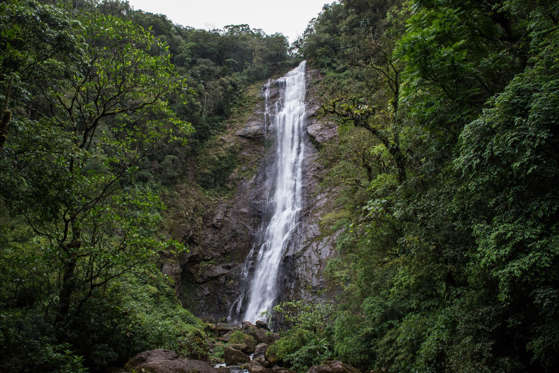Belize Barrier Reef Reserve System
The largest barrier reef in the Northern Hemisphere, the Belize Barrier Reef Reserve System is also a UNSECO world heritage site. The spectacular coastal lagoons, clear water and the intriguing ‘Great Blue Hole’ make it a perfect adventure destination. But in 2009, the UNESCO included it in the ‘danger list’ feeling that there needs to be a stricter control on the abated construction on the site to save it for future.
Cerro Rico, Potosi, Bolivia
Cerro Rico or the Rich Hill is one of the World Heritage sites. Located in Bolivia’s Potosi city, the mountain was once an important source of silver for the Spanish Empire. However, over 500 years of unabated mining has left the mountain porous and highly unstable. In 2011, the famed peak of the mountain caved in, which left a sinkhole 50 feet across with an uncharted depth. Once called the ‘mountain that eats men', Cerro Rico is dying a slow death.
Christian Ruins of Abu Mena, Egypt
Another World Heritage Site, the 1,500-year-old town of Abu Mena is now on the verge of disappearing from the world map. Once known for its monastery complex and also as a renowned Christian pilgrimage centre, the ruins are in danger of sinking in the water-saturated soil.

Athabasca Glacier, Alberta, Canada
The most-visited glacier in North America, Alberta’s Athabasca Glacier is a part of the Columbia Icefield spanning six square kilometres. But the glacier has been melting for the past 125 years, with its southern edge retreating nearly a mile in that timeframe. Experts believe the glacier is now shrinking at its fastest rate yet and is currently losing anywhere between 6.6 to 9.8 feet a year.
The Alps
One of the most famous skiing regions in the world, the Alps sit at a lower altitude than the Rocky Mountains, which leaves the range more susceptible to climate change. Around three per cent of Alpine glacial ice is lost per year and experts believe that the glaciers could disappear entirely by 2050.
Seychelles
The epitome of a tropical paradise, the Seychelles is a collection of around 115 islands in the Indian Ocean and home to numerous luxury resorts. However, the islands are in danger due to beach erosion, after already seeing a devastating coral die-off. Some experts believe that in around 50 years, the entire archipelago could be submerged.

Maldives
As the lowest-lying country on Earth, with 80 per cent of its islands less than one metre above sea level, the Maldives could sink within the next 100 years.
Glacier National Park, Montana, USA
Once home to more than 150 glaciers, Montana’s majestic national park now has fewer than 25. Rapid climate change could see that number shrink to zero by 2030, which would not only leave the park without a glacier, but also severely disrupt its ecosystem.














